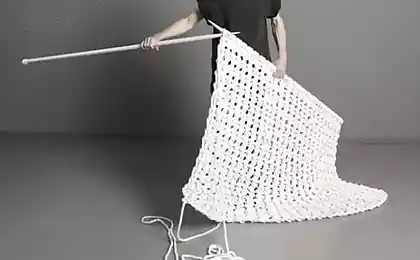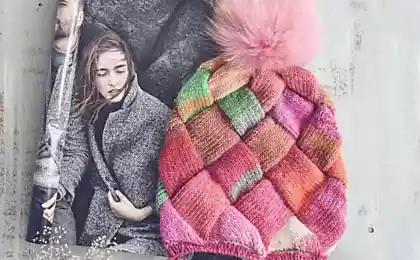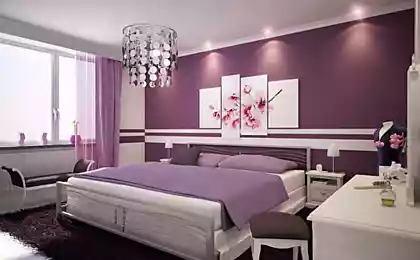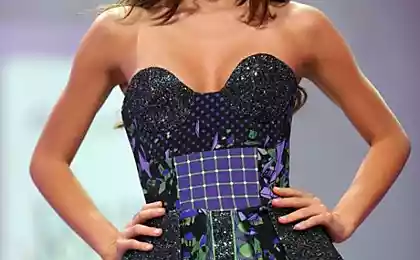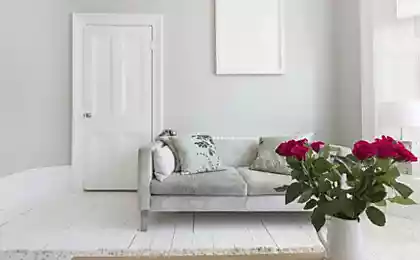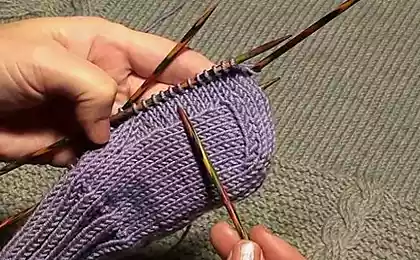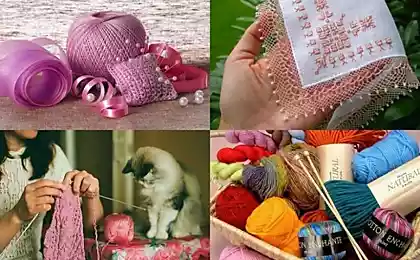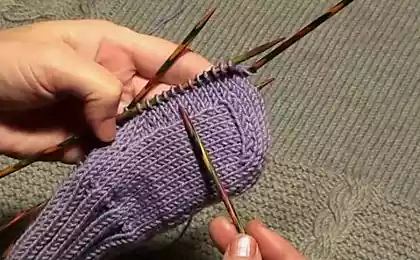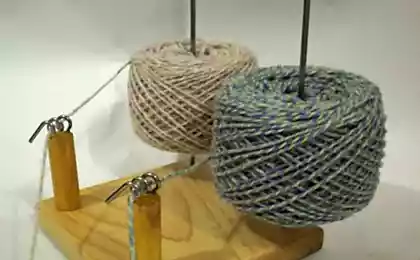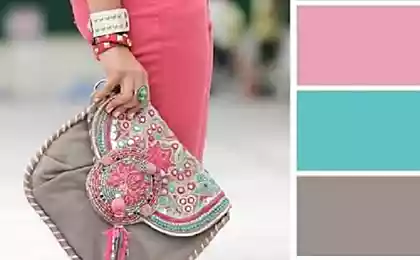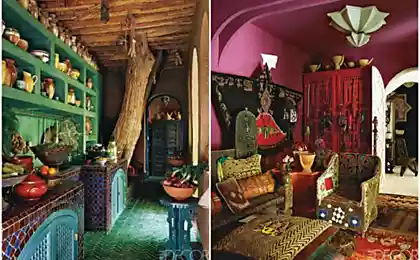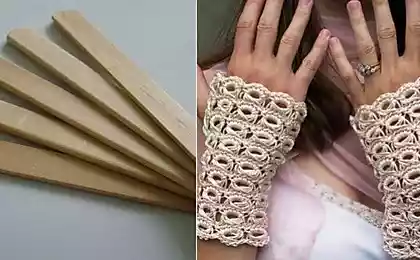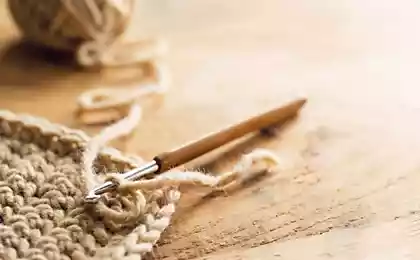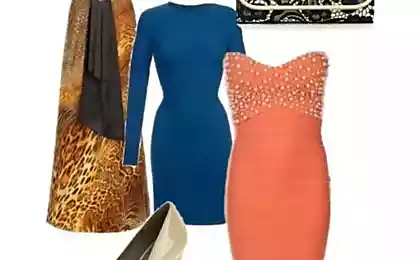192
How to combine colors when knitting
For many, knitting is not just a hobby, but a way of life. A path to self-education that never ends. Even people far from knitting sometimes admire how skilled craftsmen manage to turn tangles of thread into a work of art. In many ways, their secret is a successful combination of colors.
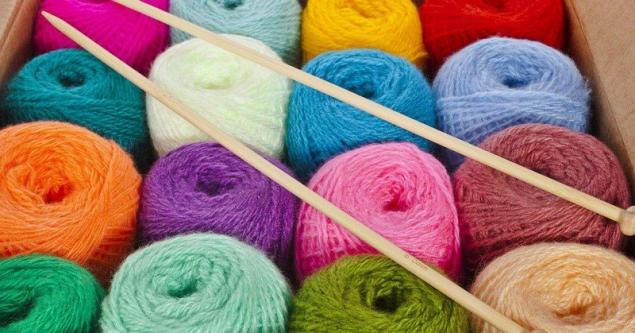
Today. "Site" He will open the veil of secrecy and tell you about it. better color combinations knitting.
Different combinations of colors In order for the knitted thing to eventually look good and stylish, you need to correctly combine colors and adhere to certain rules. Today we will talk about which ones.
We talked about the main rules, now you can understand the most interesting and proven combinations of colors. There are ready-made sets of colors that will definitely fit well in one thing and look attractive. It remains only to pick up the shades and get to work. It is worth noting that in each set of shades may differ, as long as they were similar, it is not necessary to choose this color.
Good combinations
Like this. colourfulness. Now it remains only to find a good scheme for knitting, look for the right shades and get to work. We hope to see your works of art! Which combination did you like the most?

Today. "Site" He will open the veil of secrecy and tell you about it. better color combinations knitting.
Different combinations of colors In order for the knitted thing to eventually look good and stylish, you need to correctly combine colors and adhere to certain rules. Today we will talk about which ones.
- No more than four different shades.
The colorful and bright colors are beautiful, we all love them, but you should not overdo them. Experienced craftsmen know that one product should not combine more than four different colors. If you want to dilute the color, you can choose the same shade, only slightly lighter or darker. Of course, there are exceptions. If you choose colors very well, you can make a beautiful thing out of more than four shades. We will show you successful combinations below.
- Primary color
It is important to decide which color will be the main one. The remaining shades will become auxiliary. Then you can combine as you like, as long as the main color was more than others. Otherwise, the thing will turn out to be an indefinite color and will hardly seem beautiful to you in the end.
- Dark down, light up.
Another classic rule to consider. If it is clothing, the lower part should be darker than the top. Then the thing gets the right proportions and looks harmonious. 192456 - Main combinations
Before proceeding to unusual combinations, you need to talk about classical and understand the basics. First of all, it is worth saying: black and white colors will suit any other, they can be combined with different shades. The most neutral and simple combination is black and white. Simple, but always relevant. When planning what color the product will be, remember that the best combination is either contrasting or related colors.
Lastly, the delicate pastel shades fit perfectly together in any order. This combination will help make the thing light and soft, even despite the texture of the yarn. This technique can be safely used in work.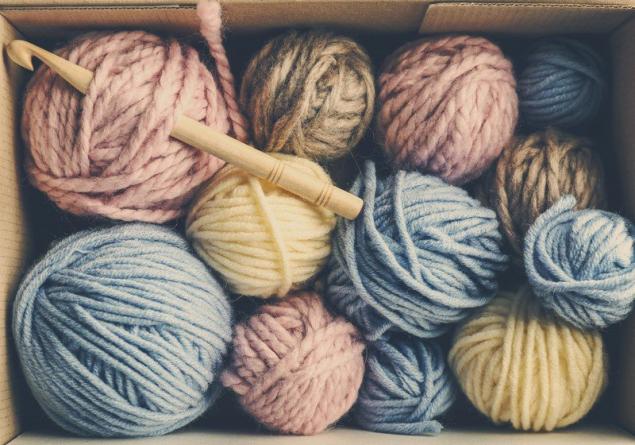
We talked about the main rules, now you can understand the most interesting and proven combinations of colors. There are ready-made sets of colors that will definitely fit well in one thing and look attractive. It remains only to pick up the shades and get to work. It is worth noting that in each set of shades may differ, as long as they were similar, it is not necessary to choose this color.
Good combinations
- Nemo's world.
We combine shades: pinkish-purple, lime, bright turquoise, light denim and turquoise.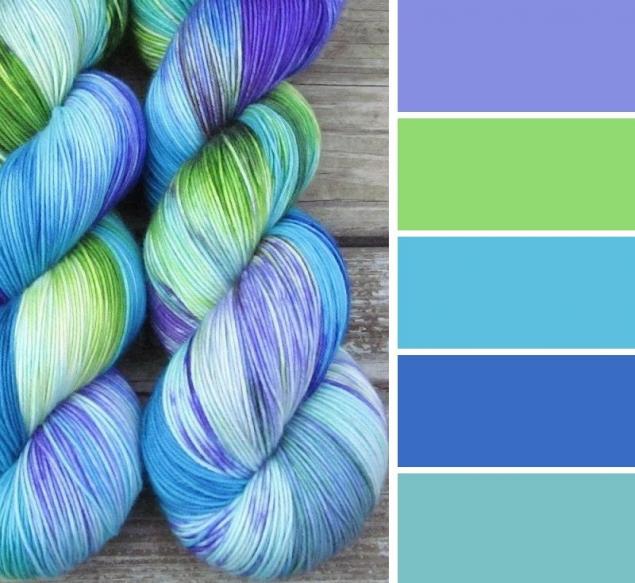
- Rainy day
Shades: tobacco, coal, Nile water, dark blue plum, dark denim.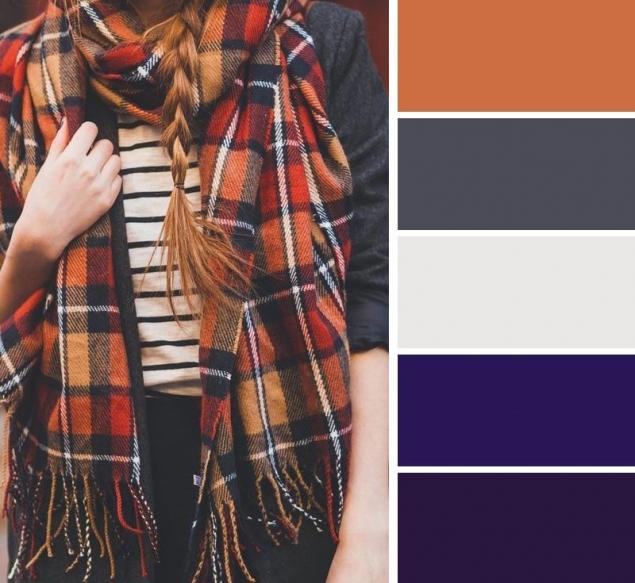
- Camouflage
Colors: green olives, olive khaki, aloe, avocado.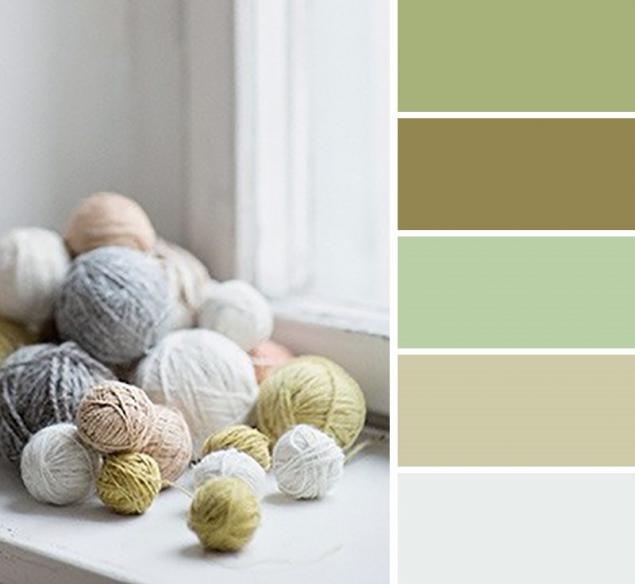
- Strawberry cookies
Shades: sand, peach, ash pink, dark camel, soft pink.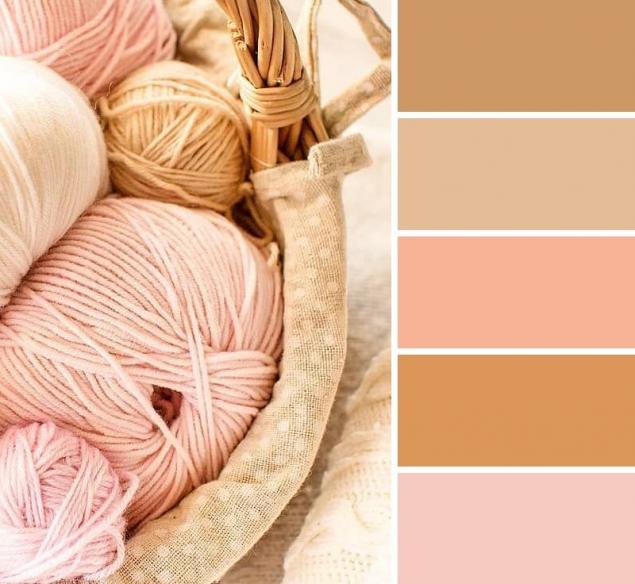
- mountain heather
Combine: eggplant, amethyst, heather, pinkish-purple, jacaranda.
- Herbs and spices
Shades: buttercup, pinkish-purple, pale rust, avocado, saffron.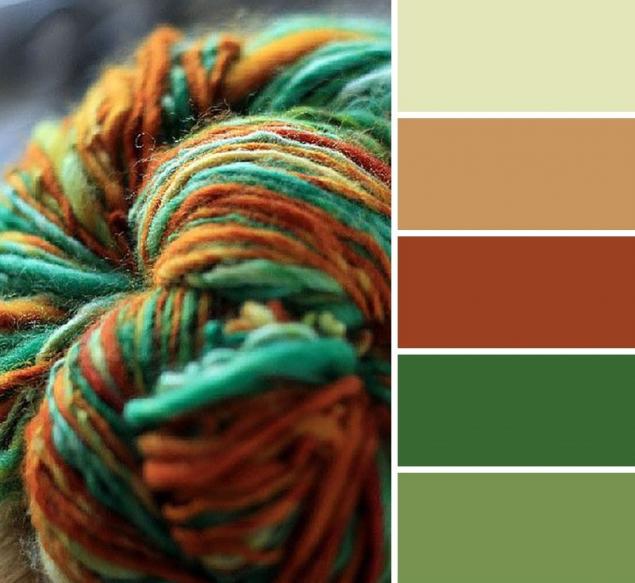
- Wild berries
Colors: burgundy, dark blue plum, fuchsia, eggplant, amethyst.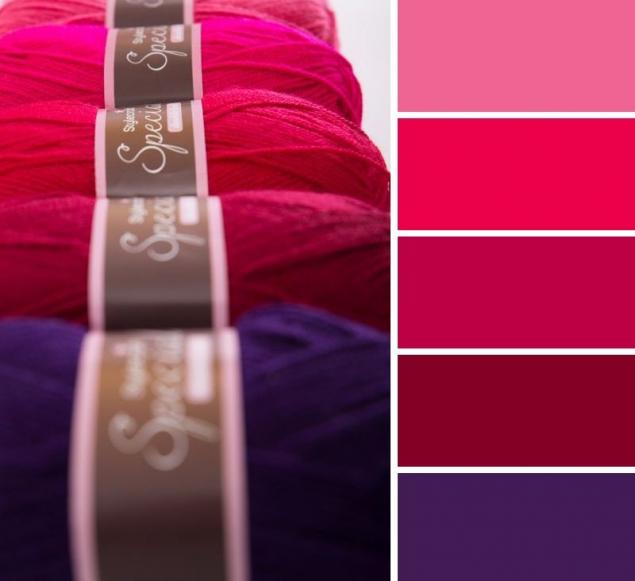
- sage
Colors: dark camel, aloe, sand, Nile water, linen.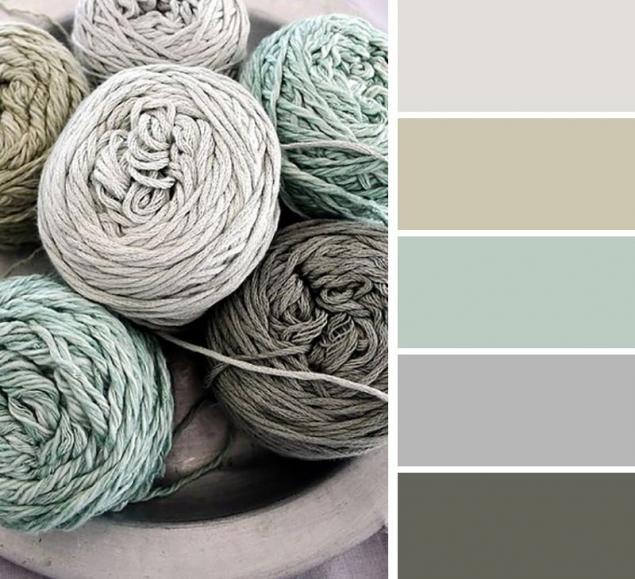
Like this. colourfulness. Now it remains only to find a good scheme for knitting, look for the right shades and get to work. We hope to see your works of art! Which combination did you like the most?












